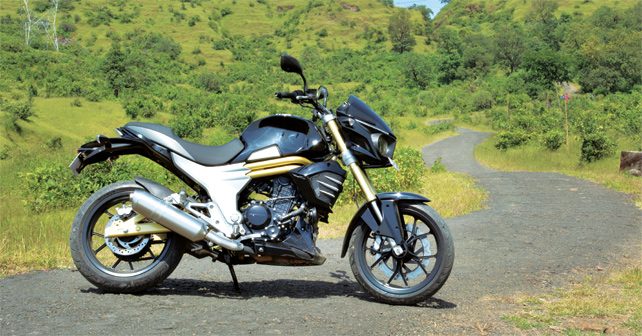
Siddharth feels that Indian bike makers have finally found their mojo – and thinks that the carmakers may be on the cusp too...
Indian motorcycle manufacturers have come a long way – in terms of their scale, their prowess, and their multinational approach. And it really is high time the indigenous 4-wheeler makers took a leaf out of their book. Indian-made motorcycles are now readily accepted as amongst the best in the world. Sure, our brands may not have the technical capability or performance of super-sports bikes, or even some of the other niche and specialised (read expensive) segments like dirt bikes. But in every other realm they’re seen as having the chops.
The products coming from the likes of Bajaj, TVS, and Hero have found many takers across the world – and for some time too. But that foundation was laid on thousands and thousands of commuter motorcycles, and a few scooters. But now the products are getting more specialised and better in terms of technology, engineering, design and performance. The success Bajaj has had with its recently expanded Pulsar family, or TVS with its step-throughs, has paved the way for Hero to enter some of the high volume markets too.
But the part I find even more heartening is that we’re seeing big strides now being taken by the smaller players, like Royal Enfield (it’s Continental made waves when it arrived in 2013) and Mahindra (which finally found its ‘Mojo’ after much trial and error). Why this is especially heartening is because they’ve done it independently. Of course there have been engineering inputs from firms outside India, but these are the same players who also work with the global biggies like Honda or BMW. So it’s commonplace to approach outsiders for help in specific areas.
But this is different to how the others have grown. Bajaj benefitted from its former relationships – Vespa way back when, Kawasaki, and now KTM. Hero, of course, has the Honda legacy. And TVS had a Japanese partner once (Suzuki), and now has an alliance with BMW. Mahindra bought out Kinetic, a home-grown firm that once acquired technology from Honda – but that was in the late 80’s and specifically for scooters. A lot changed at Kinetic before Mahindra came along. Now Mahindra has Peugeot Scooters in its portfolio, but the Mojo isn’t a product that was developed after that takeover.
In the Mojo, we’ve seen a surprising level of performance and refinement. Sure, it took a few trips back to the drawing board before Mahindra got it right – but they got there! And that’s the good news, because these smaller brands can do this without the development costs and overheads that the MNCs have – meaning that the products are sharply designed, well engineered and refined, and yet aren’t priced astronomically.
This bodes well for the Indian two-wheeler market. It means that we’ll continue to see better and bigger bikes that will remain relatively affordable – which, in turn, will see a quicker maturing of the market and greater segmentation. So, having explained my position, now don’t you agree that we should see a similar proportion of quality and product maturation from Tata & Mahindra in the four-wheeler space? A change has begun there too, and I hope it quickly gains steam to give us even better products in the near future. But, for now, I look forward to how the Mojo is received, and what the next Royal Enfield is like. I’ll bet the expectations are of ‘Himalayan’ proportions!























Write your Comment